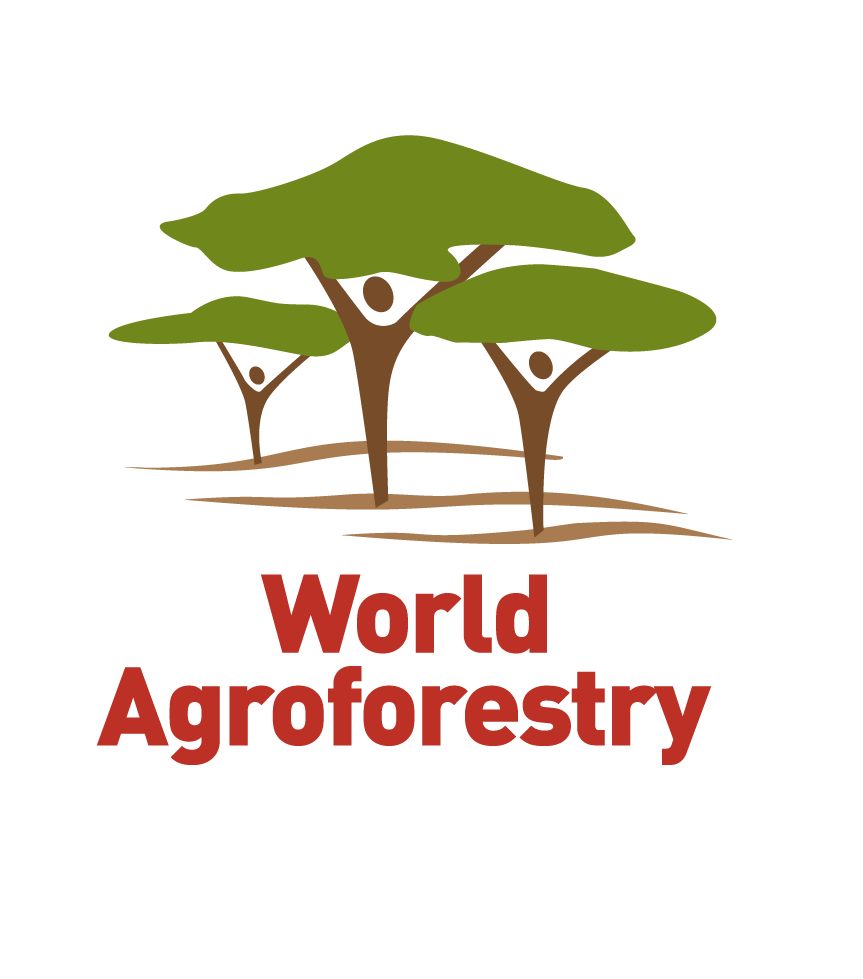Related Links
Local names:
Amharic (washta,zana), Arabic (samr,khash,khashkhash,khashkhash abiad), Bemba (kayubule,mukulukayubule), English (pink jacaranda), Lozi (mupafu), Luganda (nemera), Nyanja (mtelezi,kavunguti,mlakanjovu,msungawantu,mwinguti), Swahili (mti-sumu,mtafuna pany
Stereospermum kunthianum is a deciduous shrub or tree, 3-15 m high, with a stem diameter of 25 cm; bark thin, grey to grey-black, smooth or flakes off in patches resembling the European plane tree; trunk rarely straight, mostly forked; branches twisted; branching is erect and spreading to form a light, rounded crown. Slash white or light brown. Leaves imparipinnately compound, 25 cm long, alternate with 2-4 (max. 6) almost opposite pairs of leaflets and 1 terminal leaflet; 5-9 leaflets with short, soft hairs, oblong to oblong elliptic, stiff, 5-8(max. 10) x 3-7.5 cm, green and hairless above and yellow-green with prominent veins under; apex broadly tapering, often abruptly attenuate; base tapering; margin entire, occasionally toothed in coppice growth; petiolules almost absent; petiole up to 7 cm long, caniculate at the top; young leaves sometimes toothed and hairy. Flowers precocious, fragrant, bisexual, showy, mauve to off-white, more usually pinkish with red streaks on the lower corolla lobes and produced in large, drooping panicles on long peduncles; corolla with a tube up to 3 cm long and spreading lobes, 3-4 cm in diameter; calyx bell shaped, irregularly 2- to 5-lobed, partially forming 2 lips; stamens 4, enclosed within the corolla tube; ovary linear-oblong, 2-chambered. Fruits slender, flat capsules or paired pods up to 45 x 1 cm, cylindrical, greenish-purple, reddish-brown to dark brown, pendulous, spirally twisted, smooth, splitting into 2 valves to release many flat, long, narrow, winged seeds. The remnants of the capsule remain on the tree for months.
Ecology
S. kunthianum is found in dry areas of deciduous forest, woodland, bush, rocky outcrops, termite mounds and margins of evergreen forests. The species is well spread all over the Sahel region and is often found near streams.
Native range
Democratic Republic of Congo, Djibouti, Eritrea, Ethiopia, Kenya, Mozambique, Senegal, Somalia, South Africa, Sudan, Tanzania, Uganda, Zambia, Zimbabwe
Tree management
The species is fairly fast growing. Trees are currently being overexploited for fuelwood; therefore, protection, regeneration and planting should be encouraged.
On average, there are about 35 000 seeds/kg, with viability being maintained for 3 months at room temperature.
S. kunthianum is found in dry areas of deciduous forest, woodland, bush, rocky outcrops, termite mounds and margins of evergreen forests. The species is well spread all over the Sahel region and is often found near streams.
Seeds are difficult to obtain but easy to regenerate because they germinate rapidly (in 2 weeks) and without pretreatment. Seedlings are planted out after about 4 weeks. Propagation by root suckers is also possible.
Fruits are edible.
Leaves are palatable and are browsed by horses.
Apiculture: S. kunthianum makes a good bee forage.
Where it occurs, the yellowish hardwood is used as firewood or low-quality charcoal that disintegrates directly into ashes.
Timber: Wood is whitish, with a medium to coarse texture, saws cleanly to true edges, planes well to a fairly smooth finish, is of moderate durability, good nail-holding capacity, takes a clear varnish finish, glues firmly, has a slight tendency to warp, strong, works well with hand and machine tools and stains well. It is used for furniture, shelving, pattern making, tool and implement handles, poles, utensils, gunstocks, mortars and platters.
Tannin or dyestuff: Chewed bark stains the lips red-brown and is used as a cosmetic.
Medicine: Pods are chewed with salt for coughs and are used in treatment of ulcers, leprosy, skin eruptions and venereal diseases; also used to cure flatulence in horses. Leaf infusion is used for washing wounds; macerated leaves are used to treat asthenia and exhaustion. Bark is used as a haemostatic and for treating wounds, and a stem-bark decoction is used to cure bronchitis, pneumonia and coughs. Venereal diseases, respiratory ailments and gastritis are treated using roots and leaves.
Ornamental: S. kunthianum has the potential of being grown as an amenity tree in parks and gardens.
Other services: In West Africa, the bark of S. kunthianum is powdered and taken as snuff and it is worn as a charm against witchcraft.
